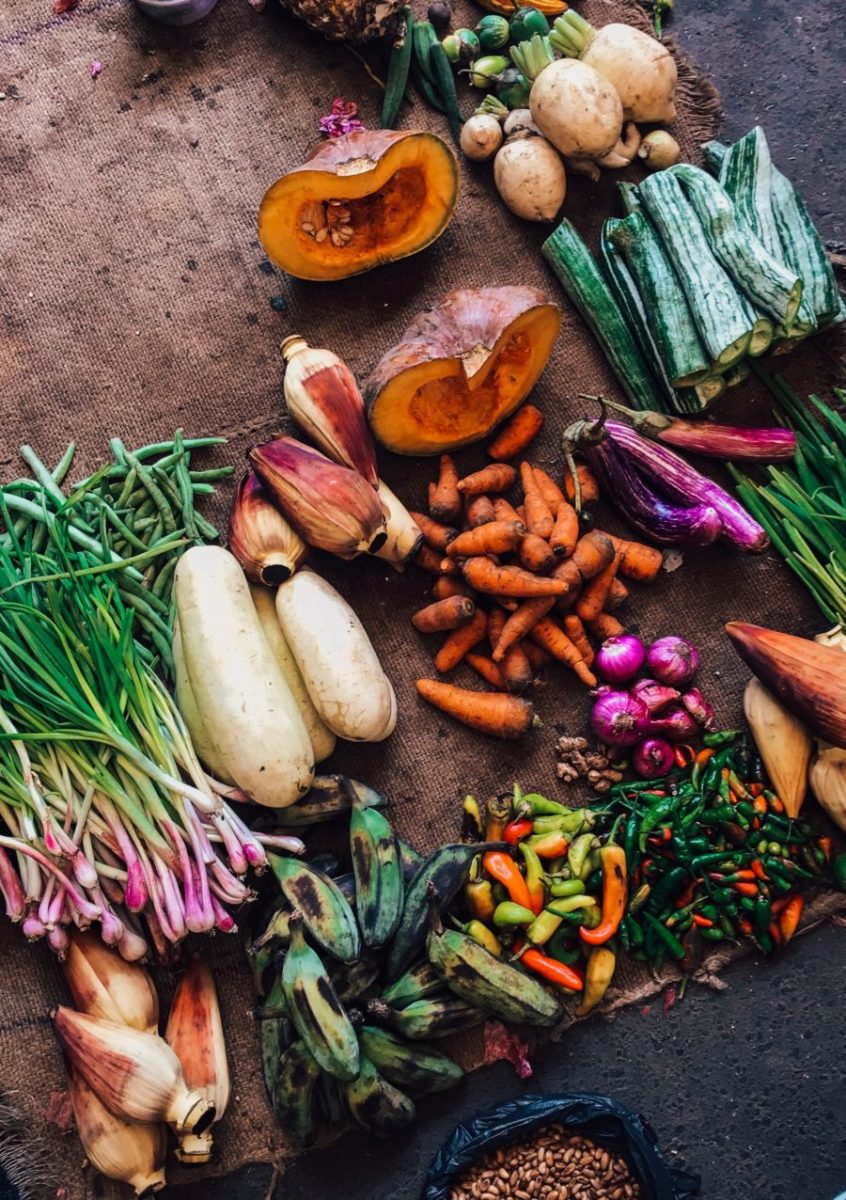While the gap between food insecurity and food waste is significant, increased government, industry and community efforts can narrow the divide. But with global food demand projected to rise anywhere between 59% to 98% by 2050 and food prices soaring faster than inflation and incomes, the time to act is now.
Food insecurity and COVID-19
Even before the pandemic hit, about 13.7 million households, or 10.5% of all U.S. households, experienced food insecurity at some point during 2019, according to data from the U.S. Department of Agriculture. That’s more than 35 million Americans who were either unable to acquire enough food to meet their needs, or unsure about where their next meal might come from.
COVID-19 has intensified the problem. According to one estimate by researchers at Northwestern University, food insecurity more than doubled on the pandemic-related economic crisis, reaching as many as 23% of households in early 2020. Globally, the outbreak may have doubled the number of people experiencing acute food insecurity, from 135 million in 2019 to 265 million in 2020, according to the United Nations World Food Program.
Food waste a continuing problem
The United States is the global leader in food waste, with Americans throwing away nearly 40 million tons of food every year. That’s 80 billion pounds of food and equates to more than $161 billion, approximately 219 pounds of waste per person and 30-40 percent of the U.S. food supply.
Globally, 1.3 billion tons of edible food, about a third of global production, is wasted annually – enough to feed 3 billion people, according to a United Nations report.
Agricultural solutions
Against the backdrop of food insecurity and food waste, farmers worldwide will need to increase crop production to meet the projected rise in food demand either by increasing the amount of agricultural land to grow crops, enhancing operations through fertilizer and irrigation, or adopting new methods like precision farming and vertical farming.
Government solutions
In the U.S., policymakers can strengthen federal food and nutrition assistance programs. The U.S. Department of Agriculture’s Food and Nutrition Service (FNS) administers 15 programs to provide millions of income-eligible Americans access to healthy foods. The main mechanism for bolstering these programs is the Farm Bill, a comprehensive piece of legislation that covers most federal government policies related to agriculture. Typically renewed every five or six years, the most recent Farm Bill was enacted into law in December 2018 and expires in 2023.
Supply chain solutions
Innovation is already making a difference when it comes to reducing food waste. From automation technologies that facilitate speedier, more efficient distribution across the supply chain, to transformative cold storage and transportation of temperature-sensitive products, more food is being salvaged for consumption.
In terms of shelf life, the European Union-funded NanoPack project has developed a flexible plastic food film to reduce food waste caused by early spoilage. Currently readying for market launch, the expected outcome of this breakthrough technology is to prolong the shelf life of food products by up to 25%.
Another company working to extend produce shelf life is Apeel Sciences, which adds an edible, micro-thin coating of tasteless, odorless plant-based protection on the surface of fruits and vegetables to help keep moisture in and oxygen out.
Community solutions
If excess food production is unavoidable, it should be recovered and donated to hunger-relief organizations to feed people in need. Yet, some establishments are wary of donating based on perceived liability concerns despite federal protections.
The Good Samaritan Food Donation Act of 1996 protects all food donors from both civil and criminal liability when donating “apparently wholesome” food to non-profit organizations in good faith. The law also protects non-profit organizations when distributing food in good faith to needy individuals. Additionally, all 50 states have passed Good Samaritan Laws that may provide additional liability protection.
On the local level, funding food recovery transportation and storage is critical for collecting and storing donations on a consistent basis. By ensuring community-based organizations have the resources to collect and distribute foods, food will be available to those in need.












